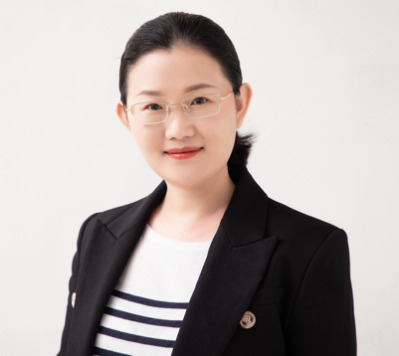报告题目:Exploring wood nanostructure for sustainable lignocellulosic aerogels
报告人:李媛媛(Yuanyuan Li),瑞典皇家理工学院副教授
报告时间:2025年11月27日9:30-11:00
报告地点:华南理工大学五山校区造纸D306会议室
邀请人:方志强研究员
主办单位:华南理工大学轻工科学与工程学院、先进造纸与纸基材料全国重点实验室
报告摘要:
Aerogels are attractive in various applications ranging from aerospace to energy storage due to low density and high specific surface area. Successes have been achieved for aerogel formation from wide range of materials. Among them, lignocellulosic aerogels provide additional sustainability benefits. Mainstream strategy to obtain lignocellulosic aerogels is bottom-up approach, disintegrating wood into nano building blocks (e.g. nanocellulose) followed by reassembling into aerogels. Top-down approach is an alternative by directly using wood while the hierarchical structure is largely preserved, and in-situ modified. The step of nano building blocks extraction is eliminated which is beneficial for scalable fabrication.
In this talk, wood aerogel, a hierarchical nano porous structure with cellulosic nanofibril network filling the empty lumen space, will be reported. This type of cellulosic aerogel combined high mechanical strength and high specific surface area. The methodologies development to obtain wood aerogel will be explained. The structure understanding of the aerogels will be presented.

报告人简介:
Yuanyuan Li, an associate professor, Head of Biocomposites Division at the Department of Fibre and Polymer Technology, KTH Royal Institute of Technology, Sweden and a PI in the Wallenberg Wood Science Center. She received her PhD degree in 2014 from Nanjing Forestry University. During her doctoral studies, she visited University of Maryland under the supervision of Prof. Liangbing Hu. Prior to join KTH as an Assistant Professor in 2020, she was a postdoc in KTH from 2015. In 2024, she was promoted to Associate Professor.
Yuanyuan’s research mainly focuses on wood nanoscience and nanotechnology development and functional biocomposites. Her idea is advanced cellulosic nanomaterials composites design, not by the common bottom-up approach exemplified by nanocellulose, but by eco-friendly top-down approaches starting with wood. The hierarchical structure and porosity as well as existing cellulose nanofibril orientation in wood are utilized.